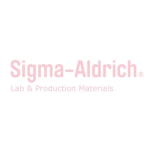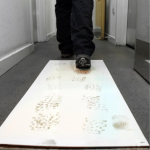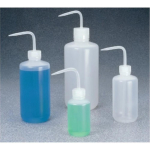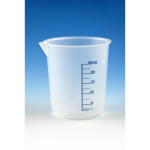Cell Line Description
Primary Mouse Embryo Fibroblasts
General description
The EmbryoMax range of PMEF cells provides researchers with a convenient solution for ES cell culture by eliminating the need for time consuming feeder cell isolation and preparation. Many embryonic stem cell culture protocols necessitate the use of primary mouse embryo fibroblast (PMEF) cells. In these protocols, ES cells are typically cultured on a monolayer of PMEF feeder cells. Feeder cells perform two important roles in stem cell culture: they secrete several important growth factors into the medium, which help maintain pluripotency, and they provide a cellular matrix for ES cells to grow.
Primary Mouse Embryo Fibroblasts, hygromycin resistant, strain C57/BL6, are Mytomycin C treated and serve as a feeder layer for both mouse and human ES/IPS cells. MEF cells are resistant to hygromycin.
Plating MEF Feeder Cells
Procedure:
1. Prior to thawing PMEF feeder cells, coat plates/flasks with Gelatin solution.
2. Thaw PMEF vial(s) quickly in a 37 °C water bath and transfer to a 15 mL tube (already containing 10 mL of warm PMEF Feeder Cell Medium). Gently invert the tube to distribute, and centrifuge at 300 xg for 4–5 minutes.
3. Remove supernatant and resuspend the cell pellet in warm PMEF Feeder Cell Medium.
4. Remove the Gelatin solution from plates/flasks, and aliquot the PMEF feeder cell suspension at the densities recommended in Table 4.1 of the mouse ES protocol guide
5. Incubate the PMEF Feeder cells at 37 °C with 5% CO2. Use Figures 4A, B and C in the mouse ES protocol guide as a guide for an estimate of correct PMEF density and
appearance. Gelatinized plates may be used for 12–14 days.
Legal Information
EmbryoMax is a registered trademark of Merck KGaA, Darmstadt, Germany
Packaging
5 vials in 5-6x106 ea
5-6x106 ea
Storage and Stability
After receipt, vials should be stored at -80°C. If storing for longer than 6 months, store in the vapor phase of liquid nitrogen (make sure the cap is tight) for up to 2 years.










